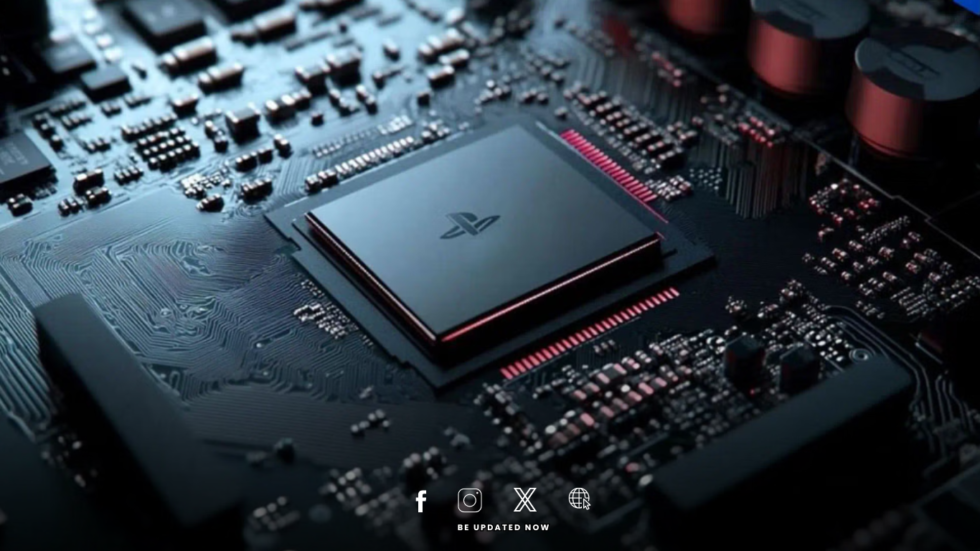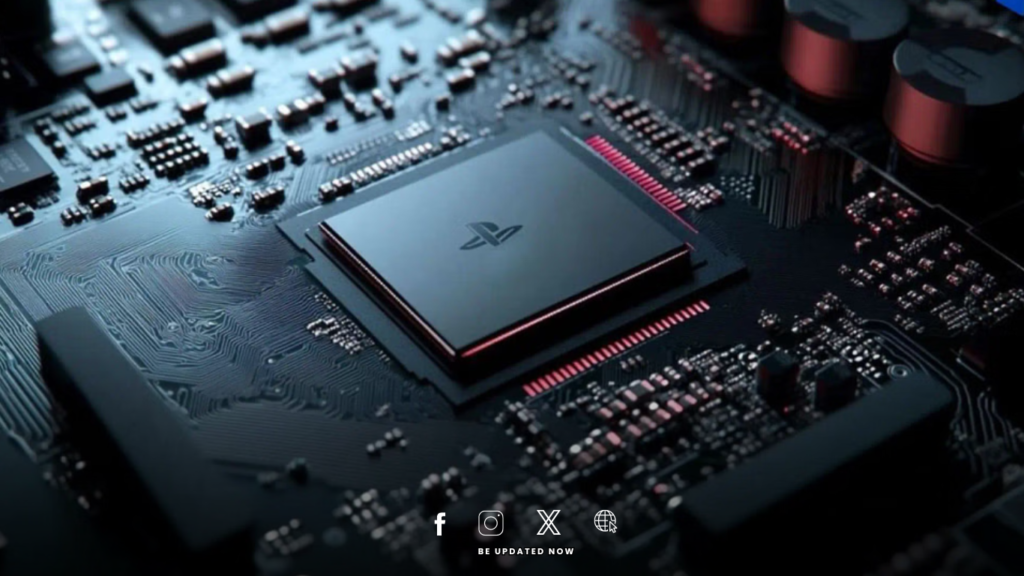
The race to design the chip for Sony’s much-anticipated PlayStation 6 has been one of the most closely watched and fiercely contested battles in the semiconductor industry. Intel, a titan in the world of microprocessors, came tantalizingly close to securing this lucrative contract but ultimately lost out to AMD, its primary competitor in the chip-making arena. This blog post delves into the intricacies of this high-stakes competition, examining why Intel’s bid fell short, the implications for both companies, and the broader impact on the gaming industry and chip-making sector.
The Contest for the PlayStation 6 Chip: A Battle of Giants
The competition to design the PlayStation 6 chip was more than just a technical contest; it was a strategic battle with significant financial and market implications. Both Intel and AMD, two of the largest chip manufacturers in the world, were vying for the opportunity to supply the heart of Sony’s next-generation gaming console. For Intel, securing this contract would have marked a major victory, especially given the company’s recent financial struggles and its desire to regain prominence in the gaming console market.
AMD has been Sony’s chip supplier for the PlayStation 4 and PlayStation 5, and the company’s ongoing partnership with Sony has solidified its position as a dominant force in the console market. AMD’s experience with Sony’s hardware and its success in previous generations made it a formidable competitor. However, Intel, known for its cutting-edge technology and vast resources, was determined to break AMD’s hold and secure the PlayStation 6 chip deal.
Intel’s Bid: Negotiations and Sticking Points
The journey to secure the PlayStation 6 chip contract was marked by extensive negotiations between Intel and Sony. According to a recent report by Reuters, the discussions were prolonged and complex, involving high-level executives and engineers from both companies. Despite the efforts of both parties, Intel ultimately did not secure the deal.
Two primary issues emerged as key sticking points in the negotiations: profit margins and backward compatibility. These issues not only reflected the intricacies of the deal but also highlighted broader challenges and strategic considerations.
Profit Margins: One of the major hurdles in the negotiations was the disagreement over profit margins. Intel and Sony had differing views on how much Intel would earn from each chip. This financial dispute was significant enough to impact the outcome of the negotiations. The contract for the PlayStation 6 chip was projected to be worth approximately US$30 billion, making it a substantial opportunity for both companies. Intel’s bid was closely scrutinized, and the disagreement over profits played a critical role in the final decision.
Backward Compatibility: Another crucial issue was backward compatibility. Sony’s consoles, including the PlayStation 4 and PlayStation 5, have used AMD hardware, and the company was expected to continue with AMD for the PlayStation 5 Pro. Transitioning to Intel hardware for the PlayStation 6 could have created compatibility issues, particularly concerning performance and the ability to run games designed for previous models. Unlike PCs, where AMD and Intel components are generally interchangeable, gaming consoles rely on specific hardware and software configurations. A switch from AMD to Intel could have led to performance problems and difficulties in running older games.
Technical Challenges and Compatibility Concerns
The issue of backward compatibility was not just a theoretical concern but a practical challenge with real implications for gaming performance. Historical examples of compatibility issues with Intel hardware underscore the potential problems that could have arisen if Sony had chosen Intel for the PlayStation 6 chip.

Historical Challenges: For instance, Intel’s Arc A750 and A770 graphics cards faced software optimization issues, which impacted their performance. Similar problems were observed with the MSI Claw handheld gaming PC, which, despite using Intel hardware, lagged behind its AMD counterparts like the Asus ROG Ally X in terms of performance and battery life. These challenges highlighted the potential risks associated with introducing Intel hardware into a console ecosystem that had been optimized for AMD components.
Impact on Performance: The potential impact on performance and compatibility was a significant concern for Sony. Gaming consoles are designed with a specific set of hardware and software configurations to ensure optimal performance and compatibility with games. Any shift in hardware, especially to a different chipmaker, could have introduced performance inconsistencies and compatibility issues that might affect the overall gaming experience.
Intel’s Financial Struggles and Strategic Implications
The timing of Intel’s unsuccessful bid for the PlayStation 6 chip is particularly notable given the company’s recent financial difficulties. Intel has faced significant challenges in recent years, including low revenue figures, investor lawsuits, and layoffs. These financial pressures have put the company in a precarious position, making the PlayStation 6 contract a potentially critical opportunity.
Financial Difficulties: Intel’s financial struggles have been well-documented. The company recently reported some of its lowest revenue figures in history, leading to investor lawsuits and significant workforce reductions. Approximately 15% of Intel’s employees were laid off as part of the company’s efforts to cut costs and streamline operations. Additionally, Intel had to cancel its 20A node on its public roadmap, redirecting resources to its 18A node. These financial difficulties have put the company under considerable pressure to secure high-profile contracts and recover its market position.
Strategic Setbacks: Losing the PlayStation 6 chip deal was a significant setback for Intel. The contract was estimated to be worth around US$30 billion, which would have provided a much-needed boost to Intel’s finances. Despite securing contracts with other major clients, such as Microsoft and the U.S. Department of Defense, Intel’s loss of the PlayStation 6 contract underscores the strategic challenges the company faces in regaining its competitive edge.
The Broader Impact on the Chip-Making Industry
The competition for the PlayStation 6 chip deal highlights the broader dynamics and competition within the chip-making industry. With AMD securing the contract, the company continues its successful partnership with Sony and solidifies its position as a key player in the console market. For Intel, the loss presents both challenges and opportunities as the company navigates its financial difficulties and seeks to regain its footing.
AMD’s Continued Dominance: AMD’s success in securing the PlayStation 6 chip contract reinforces its dominance in the console market. The company has established a strong track record with Sony, and its continued partnership will likely bolster its position in the gaming industry. The contract represents a significant win for AMD and highlights the company’s ability to maintain and expand its market presence.
Intel’s Path Forward: For Intel, the loss of the PlayStation 6 chip deal is a setback, but it also presents an opportunity to reassess and refocus its strategies. The company will need to explore other opportunities and strengthen its position in other sectors to recover from this loss. This may involve bolstering its relationships with other tech giants, investing in new technologies, or pursuing alternative markets.
Conclusion
The battle for the PlayStation 6 chip was a high-profile contest that showcased the intense competition and strategic importance of securing major contracts in the chip-making industry. Intel’s near victory and subsequent loss to AMD reflect the challenges and opportunities in this dynamic sector. As the next generation of gaming consoles approaches, the competition among chip-makers will continue to drive innovation and shape the future of gaming technology. For Intel, the road ahead will involve navigating financial pressures, exploring new opportunities, and striving to regain its competitive edge in the evolving landscape of semiconductor technology.




